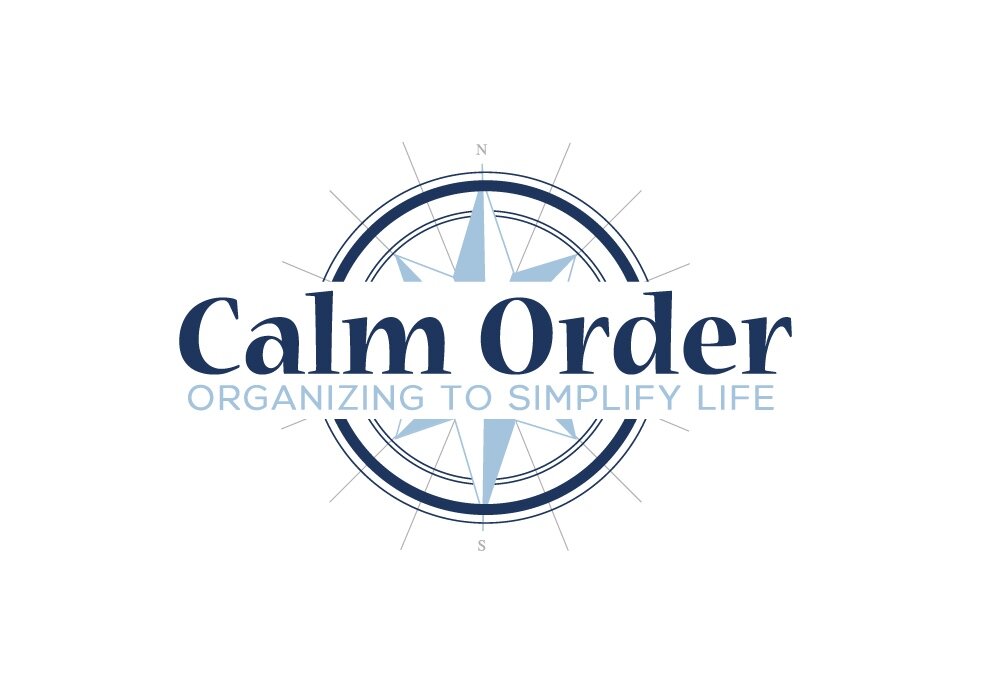Decluttering is an important step in any organization process, but it's not always easy figuring out what to do with your items. For people who are downsizing, this can also be an issue - where do you take the items that you no longer need? A lot of the items we choose to part with are still in good shape, and can be reused or repurposed. Thankfully, there are many organizations in charities in Calgary that can take these items and put them to good use! A full list of organizations can also be found on the website here.
- Habitat for Humanity: The ReStore at Habitat for Humanity recycles doors, appliances, furniture, lumber, electrical and plumbing supplies, and other building supplies. Visit their website for locations and contact information to find a drop-off place near you.
- Canadian Diabetes: Most neighbourhoods have drop-off bins, and different pick-up times are available throughout the year. This charity accepts gently used clothing for adults and children, as well as small household items. When leaving bags outside your home for pick-up, make sure they are clearly marked with a "D." Find more information here.
- Women in Need Society: This society operates a thrift store that accepts gently used merchandise including clothing, kitchenware and dishes, household items, furniture, and books. There are a few locations around the city (a full list can be found here) where items can be dropped off. They also have a free pick-up service that operates every day a week - just visit the website to schedule a pick-up! The donation benefits women in need in the city.
Alternatively, you can try selling your gently used items and try and make back some of the money you spent on your items. Calgary is home to many consignment shops that allow people to bring in their items and sell through the store. Depending on the store, each place will take a percentage of the sale, but you get back the rest of the profits. If your item doesn't sell in a certain time period, you'll get your items back.
- Peacock Boutique: This consignment shop also has their items available for purchase online, and is located in Kensington (1145 Kensington Crescent NW). Clothing and accessories are now being accepted for the fall season, which goes from August until January.
- Sproutz Kids: Located at 2835 37 St SW, this consignment shop is the perfect place to sell clothing and accessories from the whole family. The store also accepts toys and other play items (with the exception of stuffed animals, puzzles, and certain brands). There is no specific season for most items, and everything will be accepted year-round, except winter gear, which is only accepted from August - December.
- Danielle's Consignment: Danielle's Consignment caters to customers with items that are in very good condition and from higher end fashion brands. Located at 105 - 908 17th Ave SW, people with items to donate are encouraged to book an appointment to bring in their items for consignment.
Garage sales are still a common way for many people to sell their items, but with winter on the way, there aren't many weekends left to host a sale. However, there are a few communities that are still hosting a parade of garage sales, and a list of the communities can be found here. You can also try selling your items on your own online through Facebook, which has many Buy and Sell pages for Calgary and specific communities. Other online selling sites include Kijiji, VarageSale, Used Calgary, and letgo, which all allow people to sell their own items to other people in their local area.













